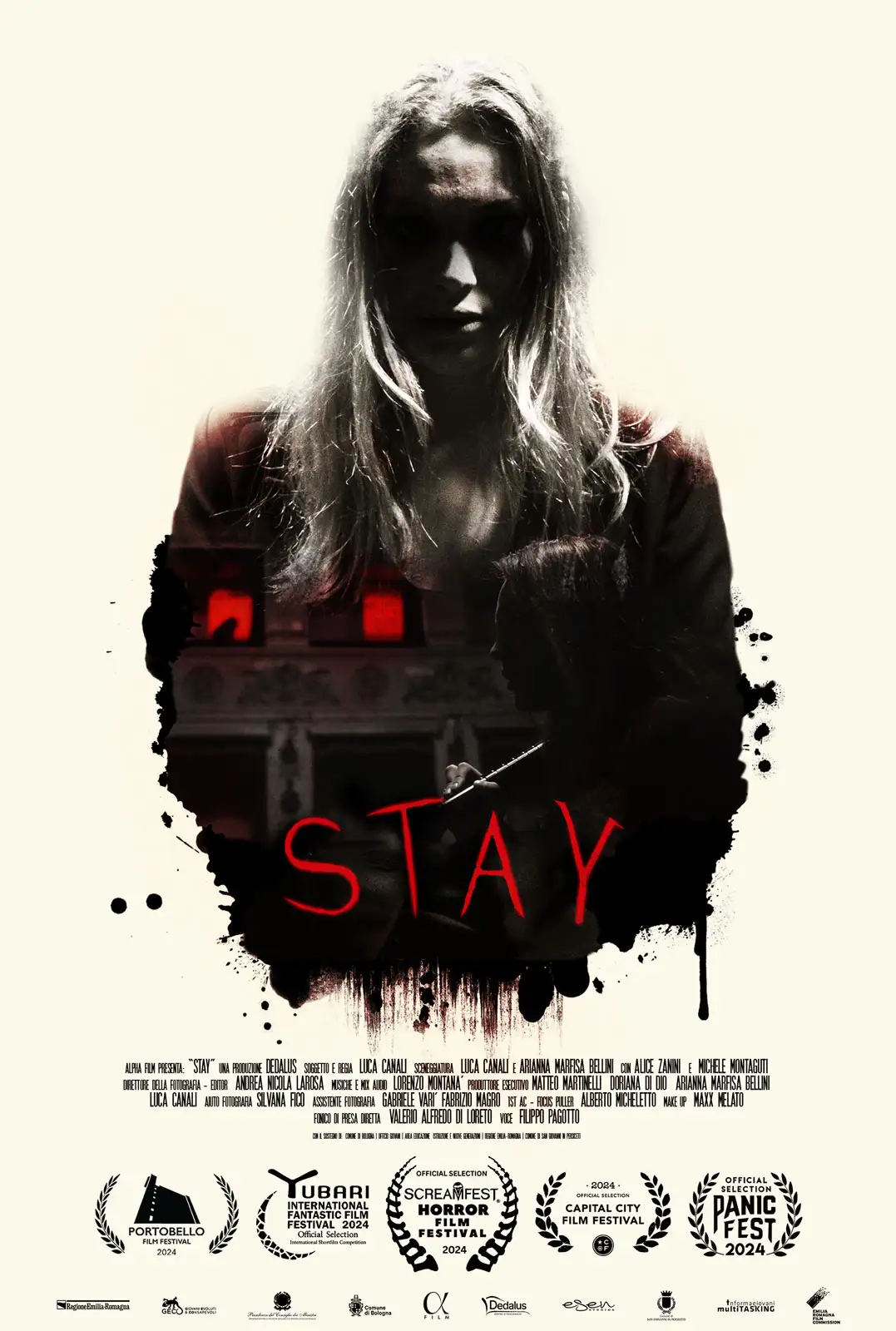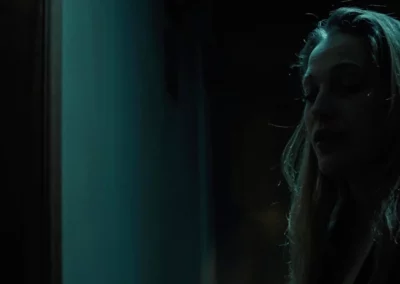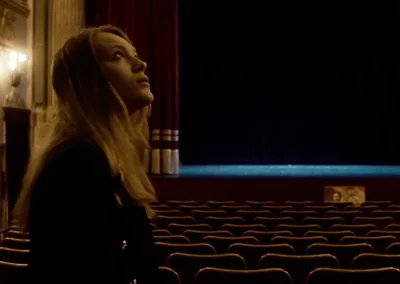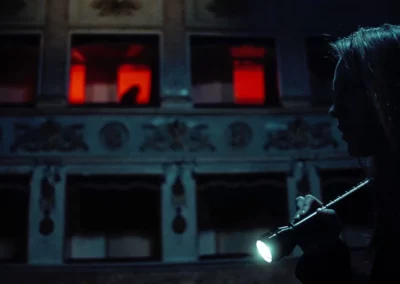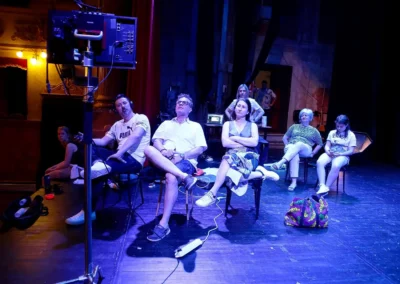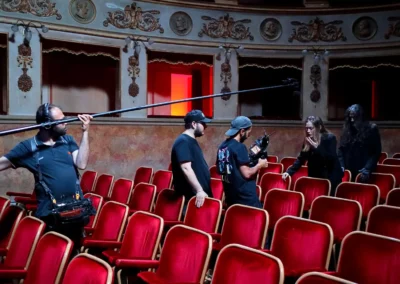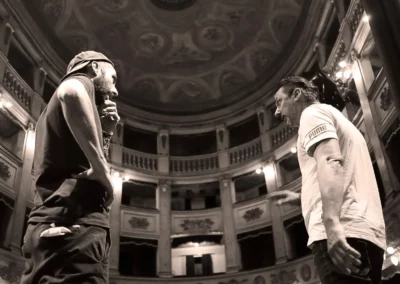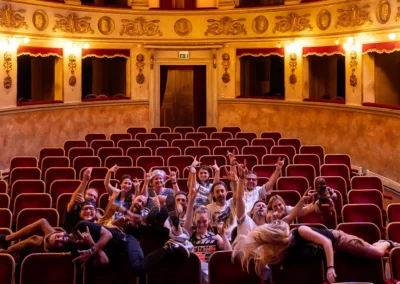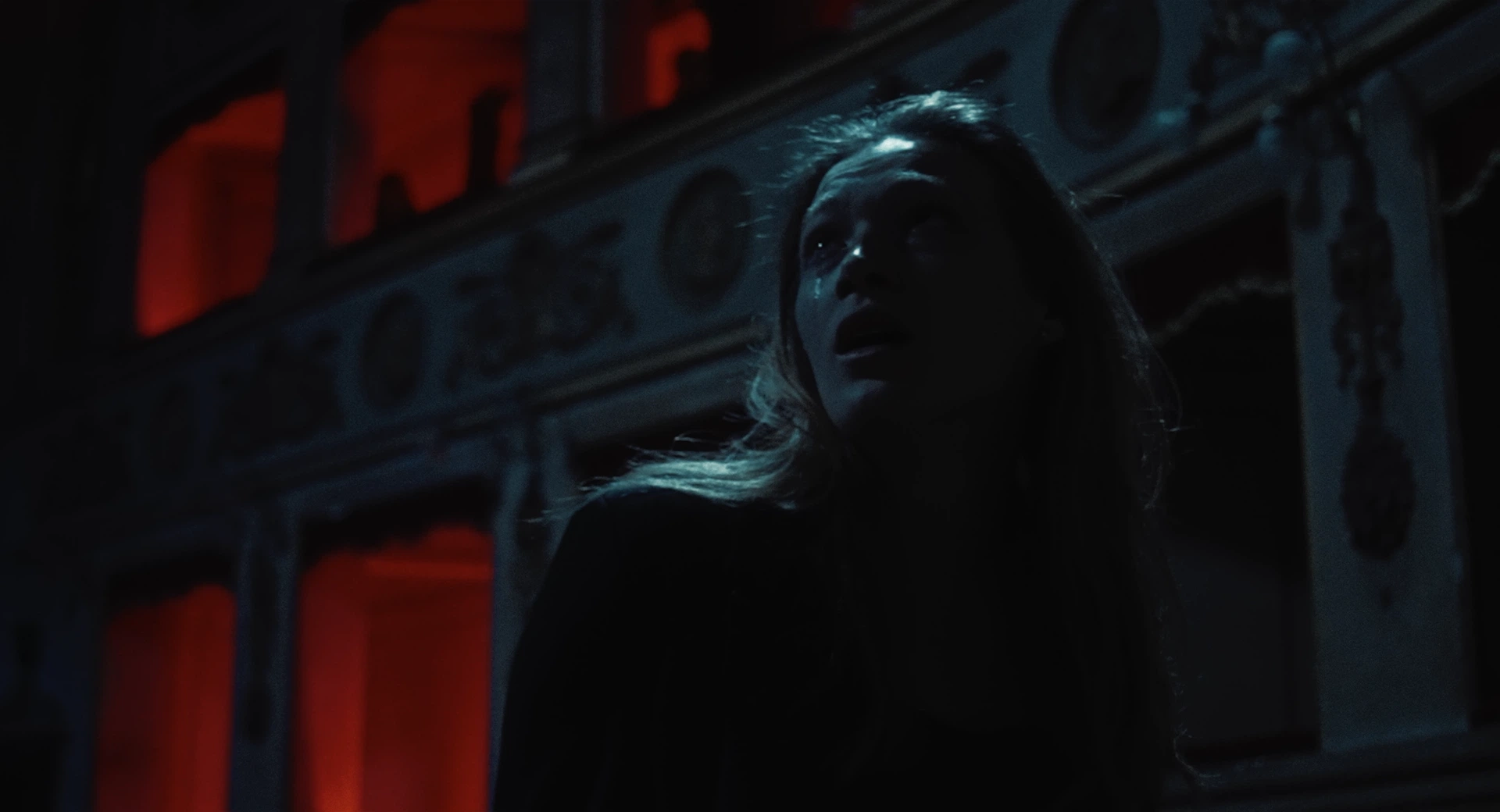
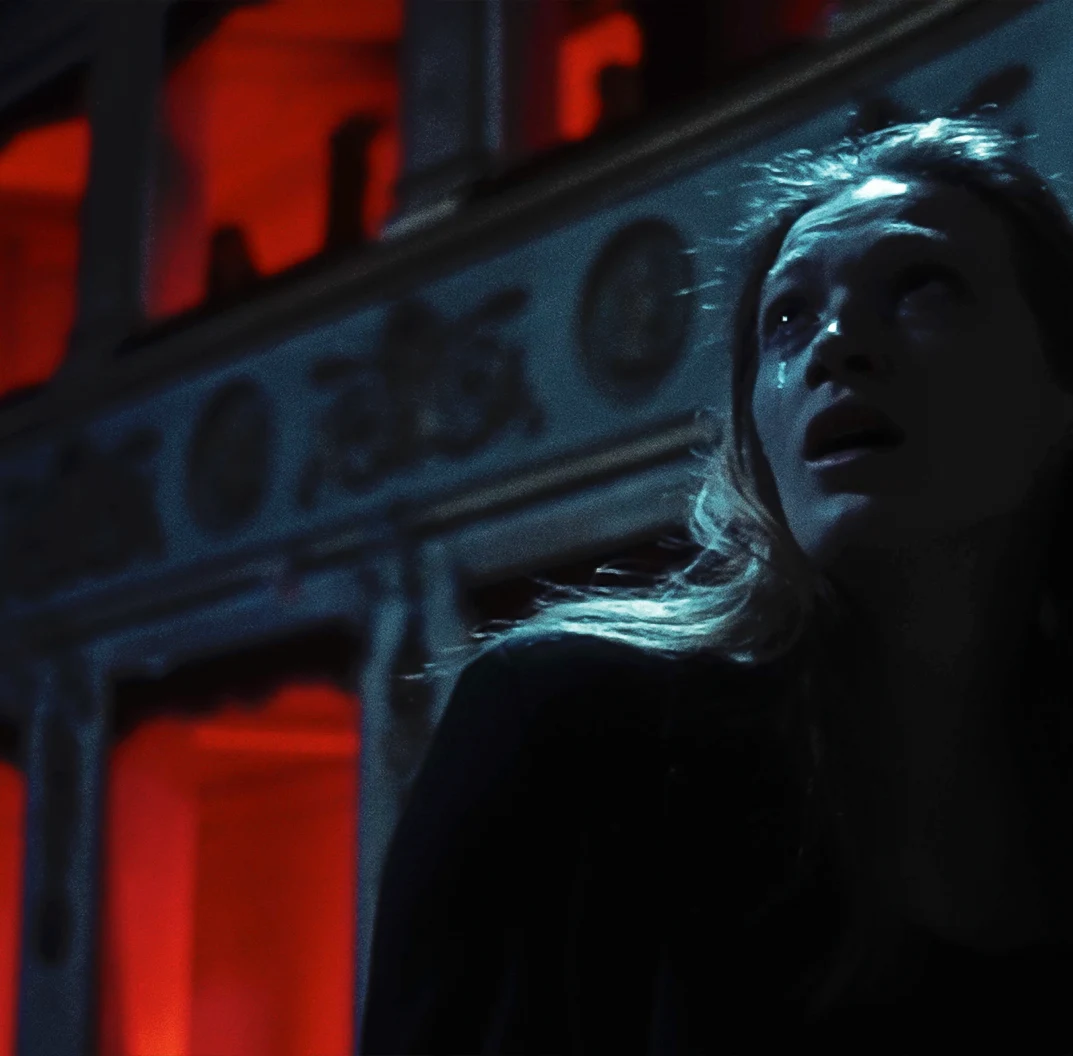
STAY
by Luca Canali
short film / horror
In the eyes of death we are all equal
Synopsis
STAY
by Luca Canali
short film / horror
In the eyes of death we are all equal
Synopsis
S T A Y
Italy, 2024 / 10′
a film by
with
Michele Montaguti
| Screenplay | Luca Canali Arianna Marfisa Bellini |
| Director of Photography | Andrea LaRosa |
| Make-Up | Maxx Melato |
| Editor | Andrea LaRosa |
| Composer | Lorenzo Montanà |
| Sound | Valerio Alfredo Di Loreto |
| Executive Producer | Doriana Di Dio Matteo Martinelli Arianna Marfisa Bellini Luca Canali |
| Production | Dedalus |
| Distribution | Alpha Film |


Official Selections
- Screamfest® Horror Film Festival
USA, 2024 - Yubari International Fantastic Film Festival
Japan, 2024 - Panic Fest
USA, 2024 - Capital City Film Festival
USA, 2024 - Portobello Film Festival
UK, 2024 - Amarcort Film Festival
Italy, 2024 - Lighthouse International Film Festival
USA, 2024 - South African HorrorFest
South Africa, 2024 - Sedicicorto International Film Festival
Italy, 2024 - Festival Tulipani di Seta Nera
Italy, 2024 - San Giò – Verona Video Festival
Italy, 2024 - Voghera Film Festival
Italy, 2024 - Night Terrors Film Festival
Denmark, 2024 - Asti International Film Festival
Italy, 2024 - VisualFest
Italy, 2024 - Filmstrip International Film Festival
Romania, 2025
The director

Luca Canali
Biofilmography
Luca Canali was born in Bologna, Italy, in 1974. Drummer, composer, graphic designer and director, in June 2022 writes, scripts and directs his first horror short film “Unsold”. A year later he is the director and co-writer of the second thriller/horror short film “Stay”, made for the Emilia Romagna Region.
Director statement
“STAY” was born with the intention of addressing the most severe of mental symptoms, the second leading cause of death among young people, which paradoxically is spoken about very little: self-injury and suicide. Adolescents afflicted by this disorder often remain hidden and silent, fearing to break the taboo that has always characterized these pathological practices.




